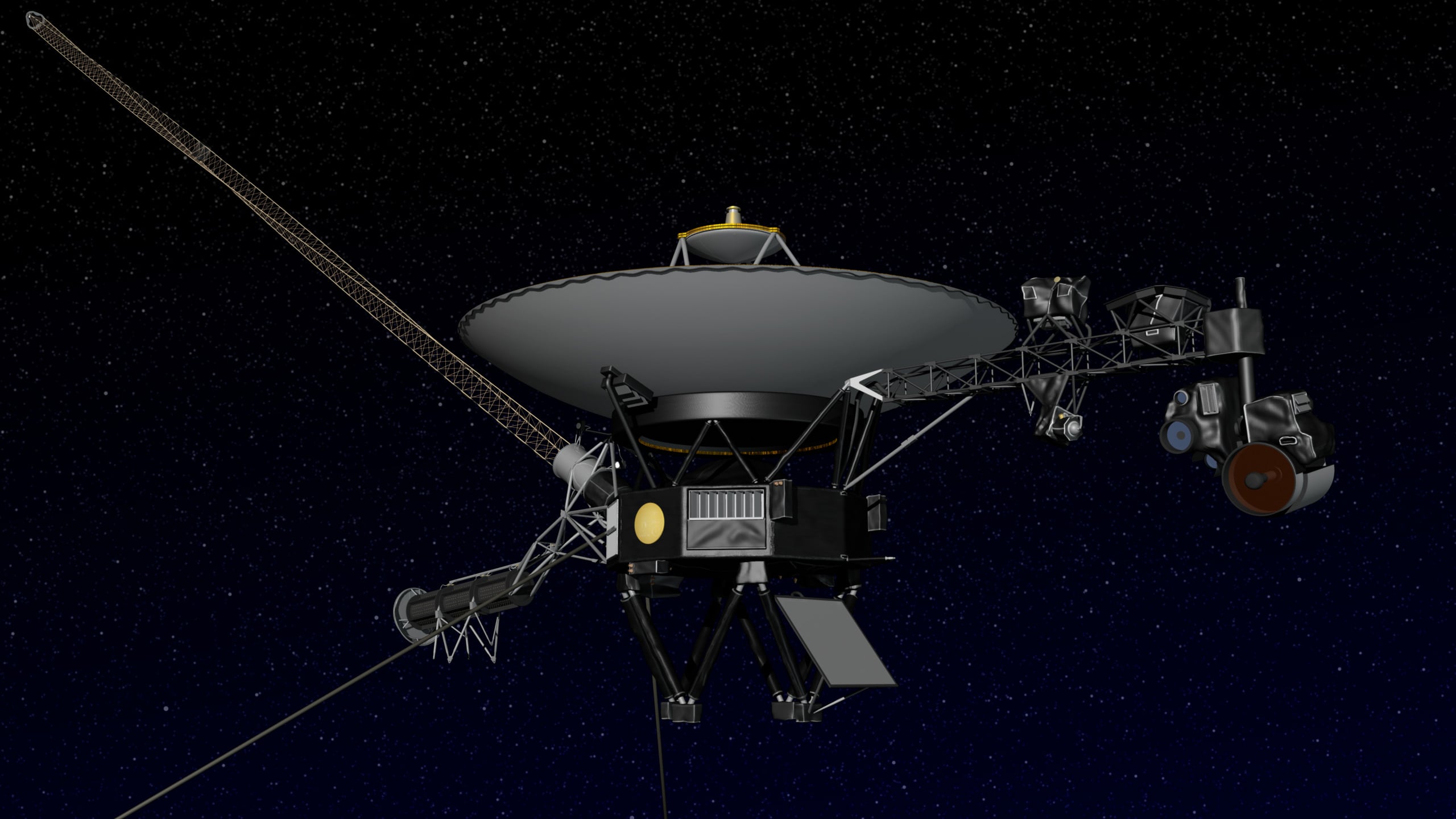[/caption]
Every mechanic loves to tinker with a machine to give it optimum operating efficiency. But this latest engineering feat involving the Voyager 2 spacecraft wins the prize for longest distance tune-up. Akin to servicing an old car to increase gas mileage, engineers at JPL sent commands across 14 billion kilometers (9 billion miles) out to Voyager 2, enabling it to switch to the backup set of thrusters that controls the roll of the spacecraft. This will reduce the amount of power that the 34-year-old probe needs to operate, giving it better "gas mileage" and -- hopefully -- the power to operate for at least another decade.
The move was a little risky, as these backup roll thrusters were previously unused. It meant trusting equipment which has been idle and out in the harsh environment of space for 32 years to work -- and keep working for the remainder of the mission.
"The switchover is pretty permanent - the thrusters are not rated to be reused after being unheated," said the @NASAVoyager2 Twitter feed.
Voyager 2 will save about 11.8 watts of electric power by turning off the heater that kept the hydrazine fuel to the primary thrusters warm.
Voyager 1 and 2 are each equipped with six sets, or pairs, of thrusters to control the pitch, yaw and roll motions of the spacecraft. With this latest command, both spacecraft are now using all three sets of their backup thrusters.
The primary roll thrusters now turned off fired more than 318,000 times. Voyager 1 changed to the backup for this same component after 353,000 pulses in 2004.
[caption id="attachment_91051" align="aligncenter" width="580" caption="Projected levels of the Voyagers' RTG levels. Credit: @NASAVoyager2 Twitter Feed. "]
[/caption]
The rate of energy generated by Voyager 2's Plutonium 238 nuclear power source continues to decline, and is now down to about 270 watts from the 470 watts being produced when the spacecraft launched in 1977. But now, by reducing its power requirements, engineers expect the spacecraft can continue to operate a bit longer.
Still, at the rate of decay, the Voyager spacecraft won't have sufficient electric power to its instruments sometime by the mid-2020's.
Using solar power for a spacecraft traveling beyond Jupiter is impractical, (which is why it is important that Congress pass a bill to restore funding for
production of Plutonium 238
).
[caption id="attachment_91049" align="aligncenter" width="580" caption="Heliocentric distances for Pioneer, Voyager and New Horizons. Credit: NASAVoyager2 Twitter feed. "]
[/caption]
The Voyagers are on their way toward interstellar space, beyond our solar system, where no human spacecraft has been before. This latest tune-up will hopefully get Voyager 2 a little farther while she's still able to communicate with Earth.
 Universe Today
Universe Today
